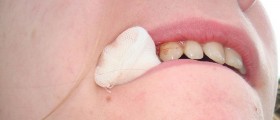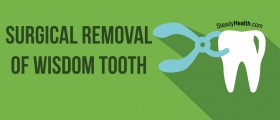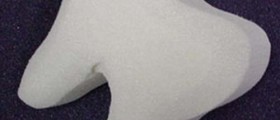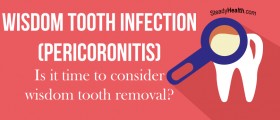
If you are one of those people who hate paying their dentist a visit, you probably dislike the tooth extraction even more. Namely, sooner or later, a tooth of yours will have to be extracted and this painful and complicated process may make you frustrated and confused. However, the best step you can take is to learn more about tooth extraction and to be prepared for many different scenarios involved with this procedure. The pain after a tooth extraction can be quite bothersome and it will help if you know the common reasons behind this phenomenon.
Causes of Pain after Tooth Extraction
Most dentists prescribe you painkillers after they pull out your tooth. However, in some cases, you may need to take certain antibiotics in order to prevent infections of the wound left after the tooth removal. The wound takes time to heal and during this time it is susceptible to infections of various types. Basically, these infections can appear once you do not take adequate antibiotics.
Alternatively, you might have had an existing infection before the tooth extraction and it might have gotten worse afterwards. These infections are usually either overlooked or not seen at all, during X-ray scans of the tooth in question. The infection itself may be residing in the bones, setting itself loose after the removal of the tooth, resulting in pain and complications, showing no symptoms beforehand.
Finally, the pain after tooth removal may stem from a condition known as dry socket. Here, a blood clot may get dislodged from the freshly created tooth socket. Normally, this blood clot should cover the socket and present the first sign of healing. In this case, however, the wound does not heal, but, rather, the receding gums in the area expose the bone in the socket, leading to pain which people remember for the rest of their lives.
Treating Pain after Tooth Extraction
As it was mentioned above, if the pain stems from an underlying infection, antibiotics will take a good care of it. Yet, if swelling accompanies the troublesome state of affairs, incisions might need to be made draining out the cause of the swelling. Also, there is a specific treatment involved with curing the dry socket condition.
All in all, if the pain is bearable and lasts for a day or two after the extraction, you have nothing to worry about since this is considered to be normal. On the other hand prolonged pain and bleeding, as well as swelling might all be the cause for concern. Thus, if you notice these symptoms, seek dental or medical assistance.

















Your thoughts on this
Loading...